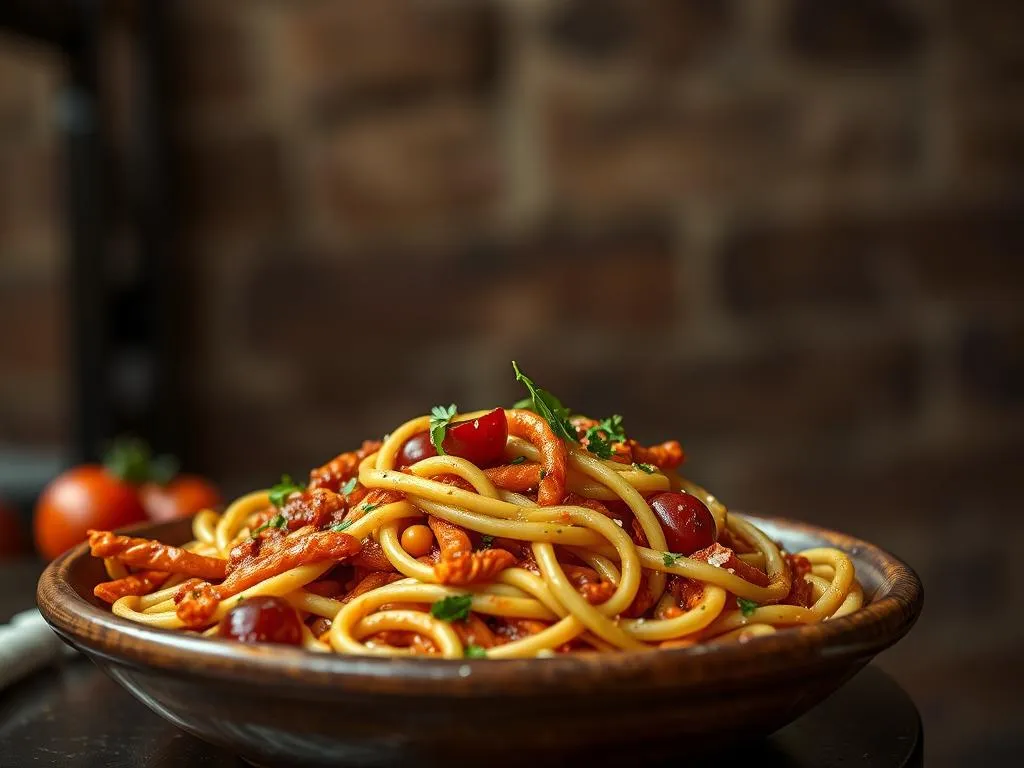
Dog breeds, with their unique traits and histories, play a significant role in the lives of dog owners and enthusiasts. Among these breeds, the Bolognese stands out for its charming personality and rich history. Originating from Italy, this breed has captured the hearts of many with its affectionate nature and delightful appearance. In this article, we will explore the fascinating world of the Bolognese, detailing its history, physical characteristics, temperament, care requirements, health considerations, and more.
Understanding Dog Breeds
What is a Dog Breed?
A dog breed is a specific group of domestic dogs that have been selectively bred for certain characteristics, traits, and behaviors. Breeds are categorized based on various criteria, including their purpose (such as working, herding, or toy breeds), size, and temperament. Understanding these categories helps potential dog owners find a breed that aligns with their lifestyle and preferences.
The Importance of Choosing the Right Breed
Selecting the right dog breed is crucial for a successful ownership experience. Factors to consider include your living situation, activity level, and any allergies or health concerns. For example, if you live in a small apartment, a smaller breed like the Bolognese might be more suitable than a large, active dog. Additionally, understanding breed characteristics can help ensure a harmonious relationship between you and your furry companion.
The Bolognese Breed
History and Origin
The Bolognese breed traces its roots back to the city of Bologna, Italy, during the Renaissance. Originally bred as companion dogs for noble families, they were highly prized for their affectionate nature and charming demeanor. Over the years, the breed faced fluctuations in popularity, but it has remained a beloved companion in many households worldwide. The breed’s history is deeply intertwined with Italian culture, making it a unique addition to the world of dog breeds.
Physical Characteristics
The Bolognese is a small dog, typically weighing between 5 to 10 pounds, with a height of around 10 to 12 inches. Their most distinctive feature is their long, fluffy white coat, which is soft and curly, giving them a cloud-like appearance. The Bolognese has a compact body with a well-proportioned head, dark, expressive eyes, and a friendly expression. Their small size and charming looks make them a popular choice for those seeking a lap dog or a companion.
Temperament and Personality
The Bolognese is known for its affectionate and playful temperament. They are generally good with children and other pets, making them ideal family dogs. This breed is intelligent and eager to please, which can make training relatively straightforward. However, they can also exhibit some stubbornness, so consistency and positive reinforcement are key. Their social nature means they thrive on companionship and can suffer from separation anxiety if left alone for extended periods.
Care and Maintenance of Bolognese Dogs
Grooming Needs
Maintaining the Bolognese‘s coat requires regular grooming due to its long, curly nature. It is recommended to brush their coat at least two to three times a week to prevent matting and tangling. Bathing can be done every month, or as needed, using a gentle dog shampoo. Essential grooming tools include a slicker brush, a comb, and scissors for trimming when necessary.
Dietary Requirements
A well-balanced diet is crucial for the health of a Bolognese. High-quality dog food that meets their nutritional needs should be the primary source of their diet. It’s essential to consider their small size when determining portion sizes, typically feeding them two to three small meals throughout the day. Consulting with a veterinarian can help you create a suitable feeding schedule based on your dog’s age, weight, and activity level.
Exercise and Activity Levels
Though the Bolognese is a small breed, they still require regular exercise to stay healthy and happy. A daily walk, along with playtime in a secure area, is ideal. Engaging them in interactive games or puzzle toys can provide the necessary mental stimulation they need. Regular exercise helps prevent obesity and promotes overall well-being.
Health Considerations
Common Health Issues
Like all breeds, the Bolognese can be prone to certain health issues. Some common concerns include luxating patella, hip dysplasia, and dental problems. Regular veterinary check-ups are essential for early detection and prevention of these conditions. Maintaining a healthy weight and providing proper nutrition can also help mitigate health risks.
Regular Veterinary Care
Routine veterinary care is vital for the well-being of your Bolognese. Regular check-ups, vaccinations, and health screenings can help keep your dog healthy. It’s essential to stay up-to-date on dental care, as small breeds are particularly susceptible to dental disease. Discussing a preventative health plan with your veterinarian can ensure your Bolognese lives a long and healthy life.
Training and Socialization
Basic Training Techniques
Training a Bolognese can be a rewarding experience due to their intelligence and eagerness to learn. Basic commands such as sit, stay, and come should be introduced early. Positive reinforcement techniques, such as treats and praise, work well with this breed. Short training sessions filled with fun and rewards can help keep their attention and motivation high.
Importance of Socialization
Socializing a Bolognese is crucial for their development. Early exposure to various environments, people, and other animals can help them grow into well-rounded dogs. Puppy classes or playdates with other dogs can provide valuable experiences. The more socialized they are, the more comfortable they will be in different situations, reducing anxiety and fear.
Living with a Bolognese
Ideal Living Conditions
The Bolognese is well-suited for various living conditions, including apartments and smaller homes. They adapt well to indoor living, provided they receive regular walks and playtime. This breed is particularly compatible with families, as they enjoy the company of children and can even get along with other pets if properly socialized.
Traveling with a Bolognese
Traveling with your Bolognese can be a delightful experience, as they are small and easy to handle. Ensuring their safety in the car with a suitable pet seatbelt or carrier is essential. When planning a trip, check for pet-friendly accommodations and familiarize your dog with new environments gradually. Maintaining a routine, even while traveling, can help keep your dog calm and comfortable.
Conclusion
The Bolognese breed is a delightful companion with a rich history and a loving temperament. Their small size, affectionate nature, and adaptability make them an ideal choice for many dog owners. As with any breed, responsible ownership is crucial, including proper care, training, and socialization. If you’re considering adding a dog to your family, the Bolognese is certainly worth a closer look for its unique characteristics and charming personality.
In summary, understanding the needs and traits of the Bolognese can lead to a fulfilling and joyful relationship between you and your new furry friend. Embracing the commitment of dog ownership not only enriches your life but also provides a loving home for a wonderful companion.









